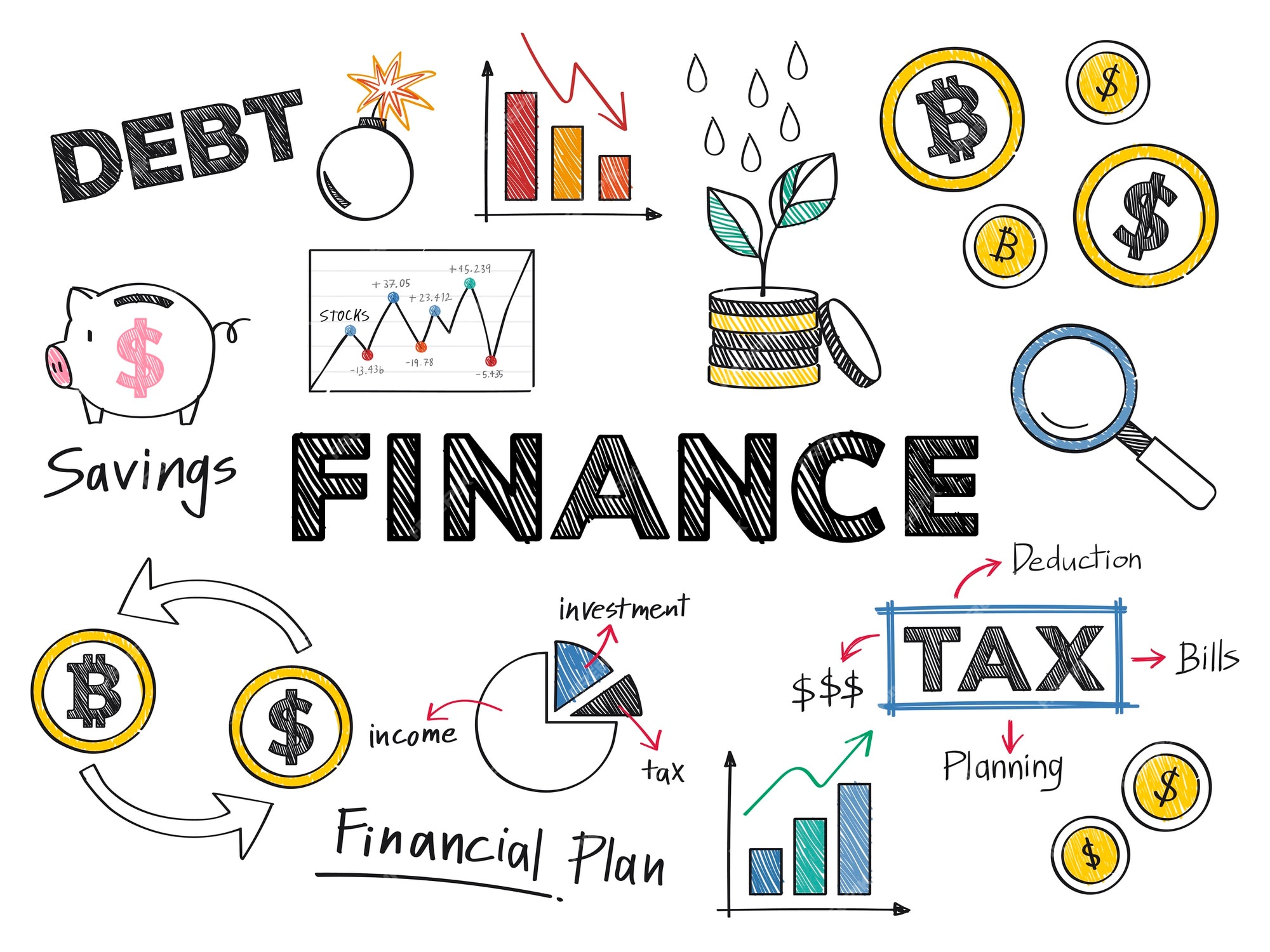Decoding the Dynamics of Finance: Navigating the Modern Economic Landscape

In the intricate web of global economies, the realm of Finance emerges as the cornerstone, intertwining intricate threads of monetary management, investment prowess, and economic stewardship. This article delves into the heart of Finance, unraveling its multifaceted nature, exploring its critical components, and shedding light on its pivotal role in shaping the destiny of nations and enterprises.
The Essence of Finance
At its core, Finance isn’t just about numbers and transactions; it’s the art of harnessing resources to fuel growth and innovation. It’s a symphony that orchestrates the allocation of funds, the management of risk, and the creation of value. Finance is the engine that propels economies forward and empowers businesses to conquer new horizons.
Capital Allocation and Investment
In the ecosystem of Finance, capital allocation reigns supreme. It’s the strategic distribution of funds among various avenues to optimize returns. Investment, an integral facet, transforms idle capital into vehicles of growth. Be it the stock market’s ebbs and flows or the allure of real estate, sound investment decisions require a blend of foresight and analytical acumen.
Derivatives and Risk Management
Beneath the surface, the realm of Finance is a labyrinth of risk and reward. Enter derivatives, intricate financial instruments that enable the management of risk. Whether through options, futures, or swaps, these instruments provide a hedge against market volatility, a delicate dance that allows businesses to mitigate potential losses while navigating uncertain terrains.
Monetary Policy and Macroeconomics
Peering beyond the balance sheets, Finance extends its influence to the macroeconomic landscape. Monetary policy, executed by central banks, is a strategic lever that shapes interest rates and money supply to achieve economic goals. It’s a powerful tool that steers the ship of an economy, navigating inflation, unemployment, and economic growth.
Fiscal Policy and Government Spending
Complementing monetary policy, fiscal policy is the domain of governments. It’s the orchestration of taxation and government spending to influence the economy’s trajectory. When the government pumps funds into infrastructure projects or social welfare programs, it triggers a ripple effect in the economic fabric, shaping the lives of citizens and the course of businesses.
Corporate Finance and Strategic Planning
Zooming into the corporate sphere, Finance takes on a different hue. Corporate finance melds monetary management with strategic planning. It’s about optimizing the company’s financial structure, determining the ideal mix of debt and equity, and aligning financial decisions with long-term business goals.
Cost of Capital and Valuation
Amid this intricate dance, the concept of cost of capital emerges as a pivotal metric. It quantifies the expense of raising funds for business operations and expansion. A company’s valuation, intricately intertwined with its financial health and growth prospects, influences investor confidence, mergers and acquisitions, and overall market positioning.
Technological Revolution and Finance
In an era marked by technological leaps, the arena of Finance isn’t immune to disruption. Technology has infused new life into traditional practices, birthing a realm known as FinTech. From mobile payments to blockchain innovation, FinTech transforms the way financial transactions occur, fostering speed, efficiency, and inclusivity.
Algorithmic Trading and AI
Within this digital evolution, algorithmic trading takes center stage. Powered by artificial intelligence and complex algorithms, it’s a realm where trades occur at lightning speed, driven by data-driven decisions that transcend human capabilities. This fusion of finance and technology exemplifies the transformative potential of innovation.
The Future Horizon of Finance
As we peer into the future, the landscape of Finance stands at a crossroads, poised for continued transformation and evolution. New paradigms are emerging, and traditional pillars are adapting to a world defined by disruption.
Sustainable Finance and ESG
One of these emerging paradigms is sustainable finance, where profitability isn’t the sole metric of success. Environmental, social, and governance (ESG) considerations shape financial decisions. This holistic approach integrates responsible practices, aligning financial investments with ethical principles and long-term sustainability.
Cryptocurrencies and Digital Assets
Venturing into uncharted territories, the rise of cryptocurrencies and digital assets challenges traditional notions of currency and value. These decentralized digital currencies, operating on blockchain technology, have given rise to a new financial frontier, one that transcends borders and conventional monetary systems.
Conclusion: The Symphony of Financial Ingenuity
In the grand tapestry of the global economy, Finance plays the role of a masterful conductor, orchestrating the elements of capital, risk, and strategy to create a harmonious symphony of prosperity. It’s a domain where numbers come alive, where strategies resonate, and where innovation and tradition converge to shape the destiny of nations and enterprises.
As this exploration concludes, it’s clear that the realm of Finance is a dynamic fusion of art and science. It’s an ever-evolving ecosystem, where traditional principles meet technological disruption, and where financial decisions reverberate far beyond balance sheets. Whether in the grand decisions of governments or the intricate maneuvers of investors, the world of Finance navigates a delicate balance, harmonizing growth and stability, innovation and tradition, in pursuit of a prosperous future.
